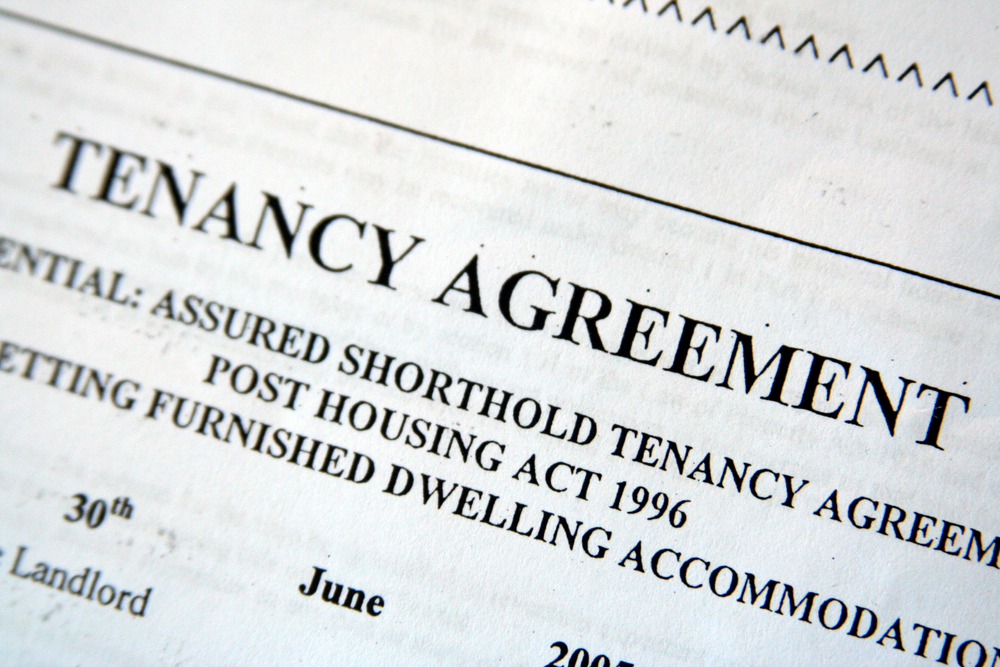Tenancy law, multiple taxation fingered for high house rent in Lagos
Arguably, Lagos State, Nigeria’s commercial capital, is the country’s most active and most expensive rental market where tenants at its highbrow areas pay as much as N10 million and N15 million per annum for three bedroom apartment while similar apartments in the low-mid income areas go for between N250,000 and N2.5 million.
Apart from high demand and low supply, there are other factors responsible for this high rent and, according to Edward Akinlade, Group MD, Suru Group Limited—a property investment and development firm—the Lagos Tenancy Law and multiple taxation are driving up house rents in Lagos.
Recognising that Lagos is home to over 21 million people, with housing posing a major challenge to the huge population, the state government in August 2011 enacted the Tenancy Law which prescribes one year rent for a new tenant and six months for a sitting tenant.
Akinlade explained to BusinessDay that the single year rent payment law has discouraged investment in homes for rent and has pushed rent to new level, adding that, presently, landlords collect two years’ rent for one year in many locations in Lagos.
He explained further that developers, through multiple taxation, were made to pay for land, planning and approval, environment, council, taxes and Omoonile, stressing that the popular saying is that “even Fashola pays Omoonile”.
“Access to land through government allocation is a battleground for money bags in Lagos. Planning approval takes forever, yet the government says it will take one to two months, “not on your nelly baby oze”, he said.
Akinlade is not also comfortable with Federal Government’s housing policies, noting that access to credit from banks was near-impossible for developers and “if you are lucky to receive loan offers, you must find over 150 percent security for the bank to hold; 25 percent interest rate on bank loans is a killer for any developer’s business plan”.
He listed other reasons for the high rent to include sale of Federal Government’s land in Lagos, high exchange rate to import building material, highly priced local building material, high fuel costs showing itself through transportation costs and generators, high labour costs, and inadequate design to maximise land space.
Akinlade pointed out that Lagos has seen 30 years of mass housing gap, explaining that since after Lateef Jakande whole governed Lagos from 1979 to 1983, there has been no mass housing for rent.
“Jakande was the last governor of the state that successfully implemented and delivered mass housing policies for rent. For 30 years, successive governments ignored this need of Lagos residents. Jakande also commissioned a report on homes shortage in Nigeria, as at 2010, estimated at 16 million and projected to reach 20 million by 2020”, he recalled.
Historically, Akinlade also recalled that demand for housing for rent started when the Aworis admitted the visiting Prince Ado and his cohorts from the Benin Kingdom into their fold and the group’s final settlement in Eko with the assistance of some Benin chiefs which include Eletu Odibo, Obanikoro and others, resulting in market activities and gathering of traders needing homes to rent in modern day Eko.
CHUKA UROKO


